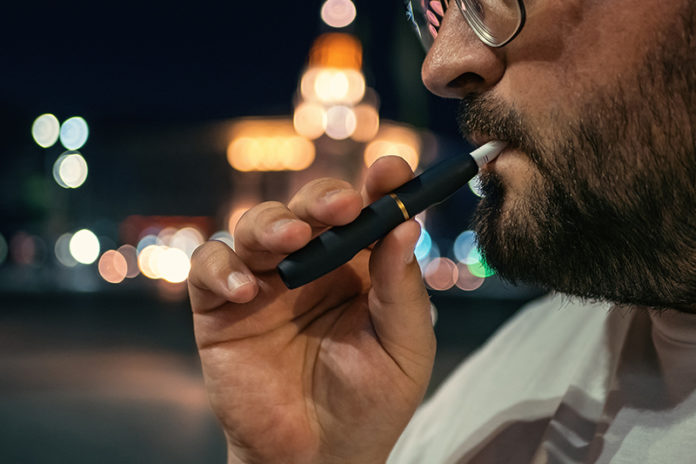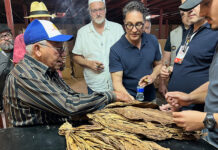Regulators were concerned that tobacco products marketed using words like “light” or “mild” might give consumers the impression that the products posed less of a health risk than other tobacco products. Consequently, the Family Smoking Prevention and Tobacco Control Act, which was enacted into law in 2009, made it illegal for tobacco products to be marketed as lower risk products unless the U.S. Food and Drug Administration (FDA) authorized such a designation.
Based on the Family Smoking Prevention and Tobacco Control Act, the FDA created an application process for manufacturers to seek authorization to market their product as lower risk alternatives as prescribed by the FDA. To obtain the designation as a modified-risk tobacco product (MRTP), a manufacturer must demonstrate to the FDA that the product “will, or is expected to, benefit the health of the U.S. population as a whole.” That is, after considering the entire population of users and nonusers of the product, is the product beneficial to public health?
Manufacturers must apply for each product they wish to have designated as an MRTP. That is, they cannot submit one application for an entire class of products. After it is filed with the agency, the application is made available for public comment and referred to the FDA’s Tobacco Product Scientific Advisory Committee, which undertakes a rigorous scientific analysis of the manufacturer’s claims and the scientific data provided to support that claim.
When filing an MRTP application, manufacturers are required to provide the FDA with a great deal of detailed information regarding each product, including:
- The relative health risks to individuals who would use the product.
- The likelihood that existing users of tobacco products will switch to the product rather than quit altogether or that persons who do not use tobacco products will use the product.
- The risks and benefits to persons from the use of the product compared to approved smoking cessation products.
The FDA will only authorize a product as a “modified-risk tobacco product” if, at the end of the agency’s detailed review of this information, a determination is made that the product will or is expected to benefit the health of the entire population. If the application is authorized, the manufacturer is directed to conduct certain studies to determine how the modified-risk authorization order impacts consumer perception, behavior and health, giving the FDA the ability to review whether the basis for its grant of the MRTP application was correct.
MRTP designations are only granted for fixed time periods. To continue marketing the product as an MRTP beyond that time, the manufacturer must submit a new application to the FDA that shows it still satisfies the requirements of MRTP authorization.
Thus far, the FDA has authorized 12 products to be marketed as MRTPs. The first products to be authorized to use the MRTP designation were eight General Snus products manufactured by Swedish Match, (Loose; Dry Mint Portion Original Mini, Portion Original Large, Classic Blend Portion White Large-12 count, Mint Portion White Large, Portion White Large and Wintergreen Portion White Large). These authorizations were issued on Oct. 22, 2019, and are in effect for five years, and Swedish Match may make the following statement about these products: “Using General Snus instead of cigarettes puts you at a lower risk of mouth cancer, heart disease, lung cancer, stroke, emphysema, and chronic bronchitis.”








